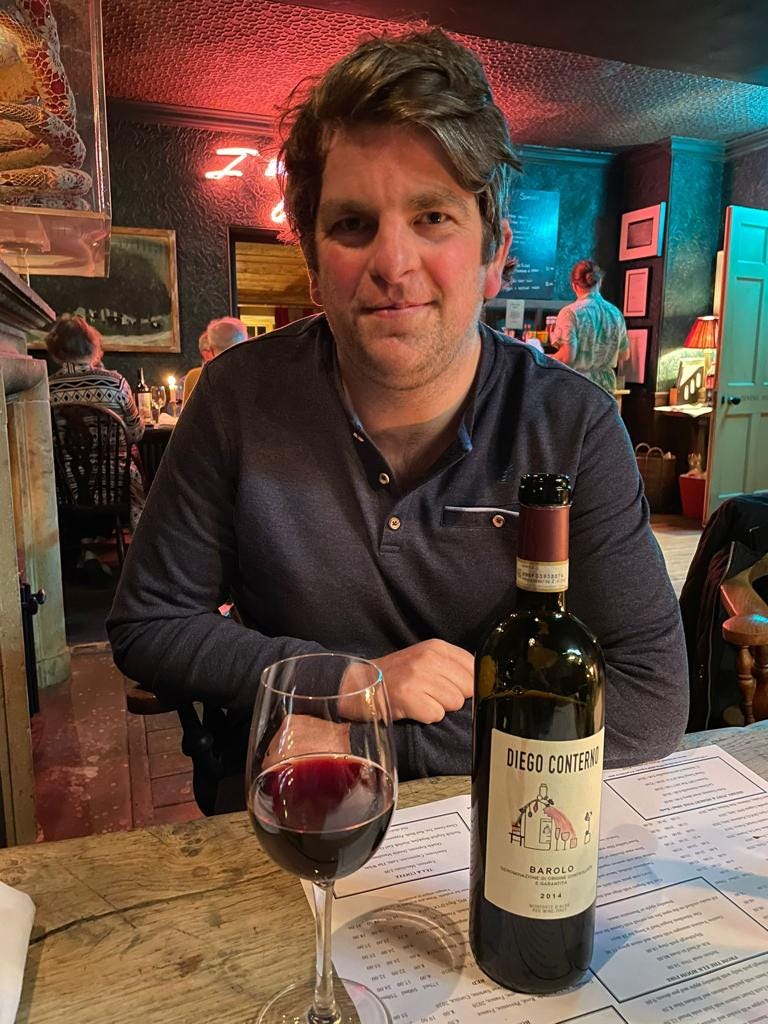Five Barolo Alternatives
Five heirs to 'The King of Wine's' Throne
Barolo
Even if you're not a wine wizard, there's an odds-on chance you've heard of this Italian icon.
But why is Barolo such a giant of the fine wine world?
Well, there are good reasons:
Secondly, it was one of the first Italian wines to be granted the highest quality classification (DOCG) status.
I say "secondly" first because…
Firstly, there are very few wines in the world that match Barolo's rich tradition and history. These wines have long represented Italy's finest quality and its global reputation.
So it's no wonder Barolo was among the first to achieve that prestigious status.
Now, let's understand more about wine itself because who doesn't enjoy imparting a bit of Barolo knowledge to impress your company?
Barolo is a red wine produced in the Piedmont region of northern Italy.
The name Barolo refers to the region, or the 'zone of production,' which lies to the southwest of Alba and south of Turin.
The production regulations have always dictated that Barolo must be made from grapes grown on hillsides. Recent revisions have gone further by excluding vineyards planted in valley floors to maintain/improve quality levels.
Barolo is made exclusively from 100% Nebbiolo grapes.
A notable aspect of Barolo is its ageing time. By law, it must be aged at least 38 months, 18 of those in barrel either chestnut or oak. Riservas must be aged for at least five years.
The wine is adored for its complex and robust flavours with the ability to age sometimes as long as an African elephant (around 50 years).
Many wine aficionados love to describe Barolo using two flavours: "roses" and "tar."
The beauty of top-level food and wine often lies in contrast, and I believe this is what elevates the Barolo experience. The fruit against the unique tertiary flavours that come about from ageing.
It's a wine that should. Unmistakably. Stand out.
However, here's the catch: finding an authentic Barolo comes with a serious price tag.
I've personally been left heartbroken on a few occasions after chasing a mid-priced Barolo, especially during my 36th birthday celebrations that didn’t live up to expectations (see below)!
So, if you're on the lookout for a taste akin to Barolo, stay tuned, and you shall be rewarded.
Keep reading with a 7-day free trial
Subscribe to Flunder Wine World to keep reading this post and get 7 days of free access to the full post archives.






